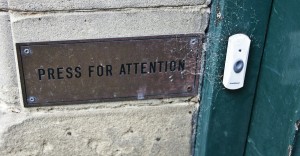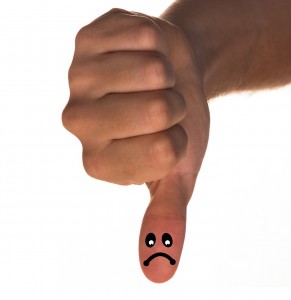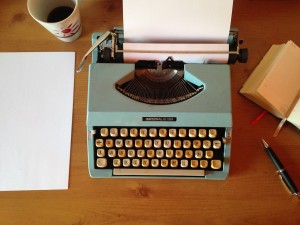 Good afternoon,
Good afternoon,
I am the advertising copywriter for El Dorado Furniture, a freelance corporate ghostwriter and a writing professor at Miami Dade College. I believe my experience makes me a good fit for the (name of job) position according to your ad. For samples of my work, please visit www.sirenpublications.com. Thank you for your time and consideration.
Kindest regards,
Maureen Castellon
Writer/Siren Publications
Above is my elevator pitch email I send when applying for freelance jobs. It does not follow my three-sentence rule for business communications because an introduction should be just a sentence longer than your regular emails to make a strong impression.
Salutation
Good afternoon is used as an opener and I add a specific name if it is known, along with a polite Mr. or Ms. as a mark of respect. Notice that the salutation is formal. Do not use ‘Hey’ or ‘You know I am the one you are looking to hire’. Informality and cuteness is abrasive in business emails.
Just the facts
No one likes a stranger who brags. When you go to a party and get cornered by a vegan or a struggling musician, the conversation is all about them. A few seconds in, you are looking for the exit because conversations must have a balance of give and take. State your qualifications as facts.
Follow the ad
Allow the recipient to make the call on whether they are impressive. If you say ‘I am the most qualified’ or ‘I am the best copywriter ever,’ you will turn off your audience. Turn the attention back to the recipient and make yourself humble by relating your qualifications to their needs. Get the name of the job into your email so there will not be a cause for confusion; corporations have multiple openings at the same time.
Give a destination link
Your portfolio needs to be online. Everything is digital nowadays and your potential employer wants everything to be easy. He or she has a full day outside of the hiring process and wants to get back to work, not hunt for your portfolio pieces. Build a website; even a basic one is better than zero digital presence.
Be polite
Nobody has a gun to their back forcing them to look at your work. The fact that someone has taken the time out of their day to review your qualifications is something to acknowledge. Thank them for their time and consideration. Every single person is busy and manners are always appreciated Also keep in mind that a hiring manager is looking for someone who will be a complement to the working environment, and manners go hand in hand.
Closing
‘Kind regards’ is the international favorite for the last line before your name. Something crass like ‘Your future employee’ or ‘The best and brightest’ will inspire an eye roll at best and a banishment to the trash bin at worst. Stop selling yourself at this point and acknowledge the recipient’s humanity. Add your name and send.
Takeaway
The email you send for a potential job opportunity should be polite and humble. Start with respectful formality and address the recipient as Ms. or Mr. State your qualifications without being a braggart and relate your expertise back to what the recipient wants. Have a working portfolio link ready for review. Be grateful and acknowledge that they made time for you. Sign off in such a way that makes the reader feel that you will be pleasant to work with on a daily basis. Take the email and make it your own, but always be polite.


